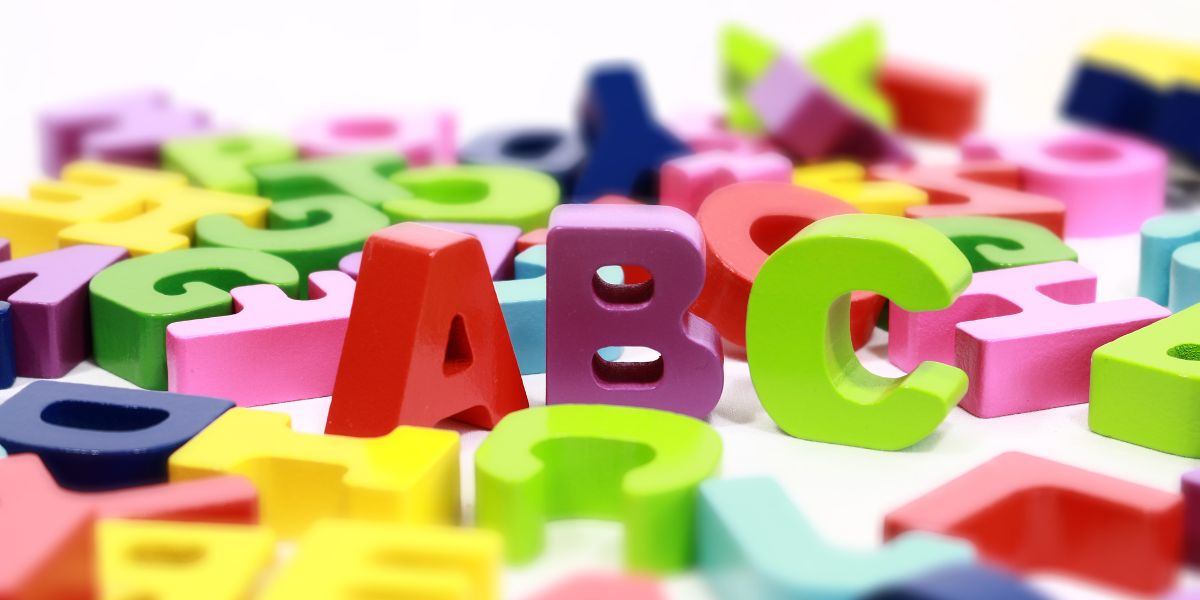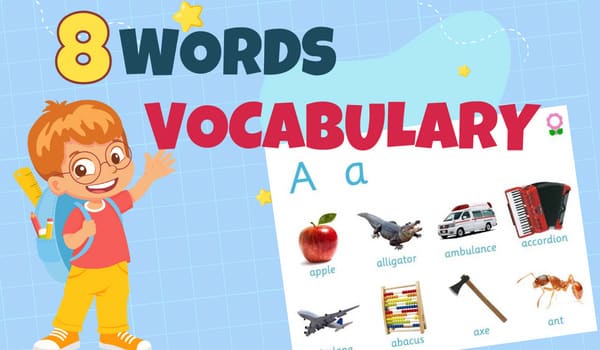Learning to recognize and write their own name is a significant milestone for a preschooler/toddlers, forging the beginning of their personal identity and literacy journey. With a blend of fun, creativity, and repetition, even this complex task can be an exciting adventure for your little explorer. Let’s dive into some effective strategies to make this learning experience enjoyable and fulfilling for your preschooler.

For most preschoolers, learning to recognize and write their name can be a challenging task. However, by using some effective strategies, you can make this process fun and rewarding for your little one.
Table of Contents
ToggleHow to Teach Your Child How To Write Their Name?
There are various ways to teach your child how to write their name. Here are some proven strategies that can help your preschooler develop the skills they need to recognize and write their own name:
Alphabet Recognition:
Understanding the alphabet forms the foundation of literacy and lays the groundwork for learning to write one’s name. Alphabet recognition involves teaching children to identify both the uppercase and lowercase forms of the letters, particularly those that make up their name. You can make this learning process engaging by incorporating playful activities such as letter puzzles, alphabet songs, flashcards and alphabet recognition app.

As children become familiar with the letters of their name, they begin to notice these in their everyday environment, reinforcing their learning. Remember, the goal is to create a fun, supportive learning environment where your child feels encouraged to explore and learn at their own pace.
Tracing:
Tracing is a powerful tool to help children learn how to write their name. Start with large, clear letters on a sheet of paper, and encourage your child to trace over them using a crayon or marker. Make sure to demonstrate the correct stroke order and direction. This technique helps children understand the shapes and movements involved in writing each letter. Over time, you can gradually reduce the size of the letters to refine your child’s penmanship. You can also use tracing apps or worksheets with dotted lines for a more structured practice. Tracing not only helps your preschooler familiarize themselves with the letters in their name, but it also improves their fine motor skills, setting a solid foundation for good handwriting.
Oral Spelling:
Oral spelling is an effective strategy to help your little one understand the sequence and pronunciation of letters in their name. Begin by slowly pronouncing your child’s name while emphasizing and articulating each letter distinctly. Repeat this exercise frequently throughout the day during routine activities or playtime, turning the exercise into a fun game. For instance, while reading a book together, you could point out the letters from their name appearing in the text, pronouncing these slowly and clearly. This method not only makes learning interactive but also helps reinforce the phonetic sounds of the letters in your child’s mind, aiding their overall literacy development.
Writing Activities:
Incorporating writing activities into your child’s daily routine can be an excellent way to reinforce their learning and make it a fun experience. Encourage them to write their name on different surfaces, such as chalkboards, whiteboards, or even in the sand. Allow them to use various writing tools like pencils, markers, or finger paints for a multi-sensory experience. You can also play games like “write and find” where your child has to write their name, and you have to find it hidden in a picture or text. These activities not only make learning enjoyable but also help children develop their visual perception and coordination skills.
Multisensory Learning:
Preschoolers learn best when they engage all their senses. By incorporating multiple senses into name-writing activities, you can create a more immersive and engaging learning experience for your child. For instance, while tracing letters, you could also ask your child to say the letter aloud or trace it on a textured surface like sandpaper for a tactile experience. These multisensory activities not only reinforce learning but also create a stronger connection between the letters and their sounds, making it easier for children to remember them.
Label Names:
Labeling items with your child’s name is a great way to introduce them to the concept of reading and writing in their everyday environment. You can label items like their toys, books, or even their clothes with their name written clearly. Even you label posters with child’s alphabets and ask them to point out the letters in their name. This repetitive exposure to their name helps strengthen their letter recognition skills and builds confidence in their ability to identify and read letters.

Individualized Approach:
Every child learns at their own pace, which is why it is crucial to customize your approach according to your child’s unique learning style. Take the time to observe and understand how your child responds to different strategies, whether they require more reinforcement or thrive with hands-on activities. Being attentive to these nuances will allow you to make the necessary adjustments to create an enjoyable and effective learning experience for your child. Remember, fostering a love for learning will empower them to succeed and grow.
Celebrate Progress:
Remember, learning takes time and patience. It is essential to continuously celebrate your child’s progress and efforts, no matter how small. Praise and encouragement are powerful motivators for children, so make sure to enthusiastically acknowledge and celebrate their achievements. Display their name writing in a special and prominent place, such as on the fridge or bedroom wall, to show your child how immensely proud you are of their progress and dedication. This daily visual reminder will boost their confidence and inspire them to keep striving for greatness.
Additional Tips:
- Make sure to use a consistent font when teaching your child how to write their name, preferably one that closely resembles the letters they are learning in school.
- Encourage your child to practice writing their name every day. Repetition is key in mastering any skill.
- Utilize technology by using educational apps or online resources that provide interactive and engaging activities for children to practice writing their name.
- Remember to keep the learning environment positive and fun, as this will encourage your child’s enthusiasm for learning.
- Lastly, be patient and understanding. Every child learns at their own pace, so it is essential to provide them with a supportive and nurturing environment to help them succeed in their learning journey.
Overall, the key to teaching your preschooler how to write their name is patience, consistency, and the use of various interactive and engaging activities that cater to their unique learning style. With time and practice, your child will not only learn to write their name but also develop a love for learning that will benefit them in all areas of life. So keep encouraging and celebrating their efforts, and watch as they blossom into confident and capable writers. So, let’s get started on this exciting journey of name writing with your little one! Who knows, in no time, they may even be teaching you a thing or two about handwriting!

